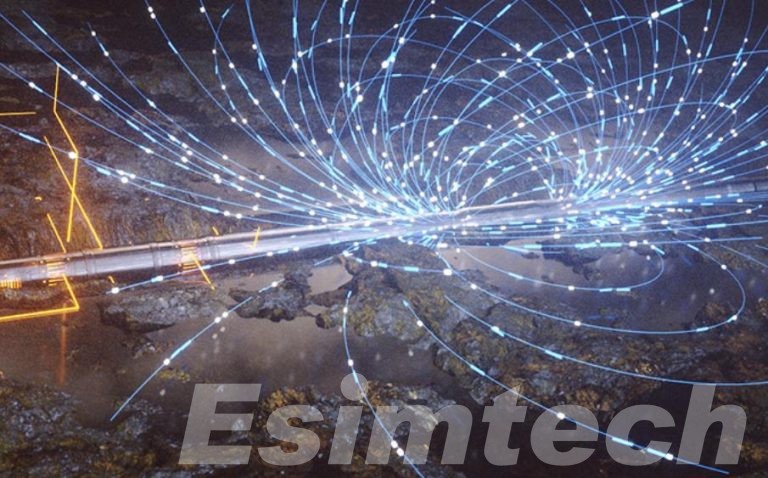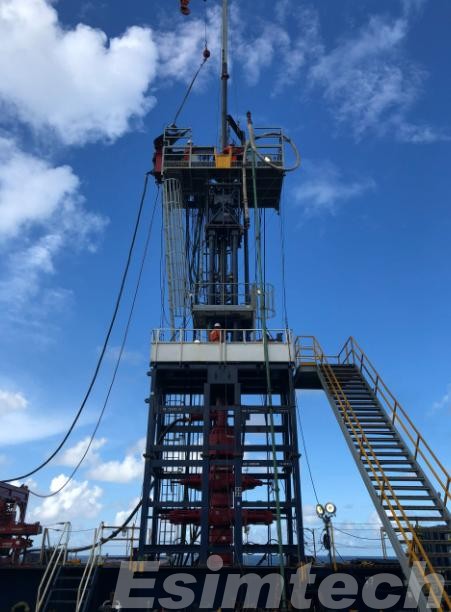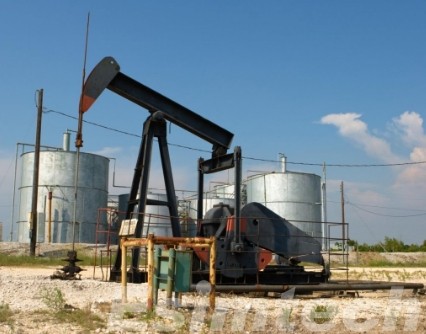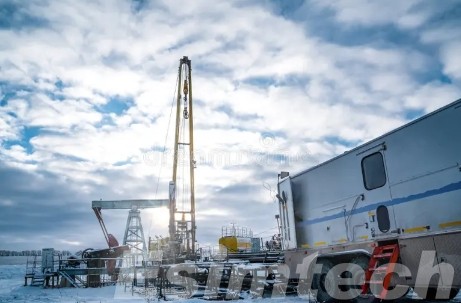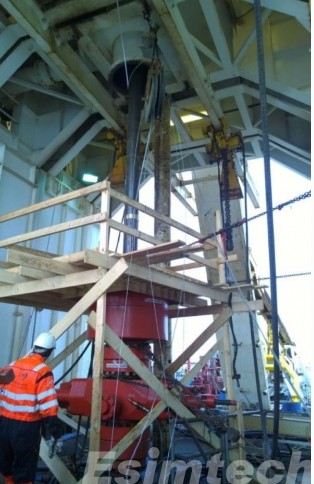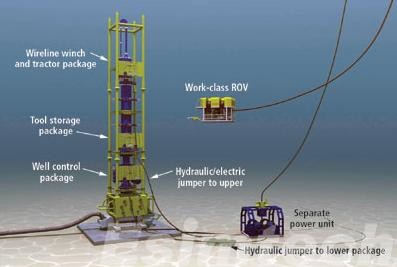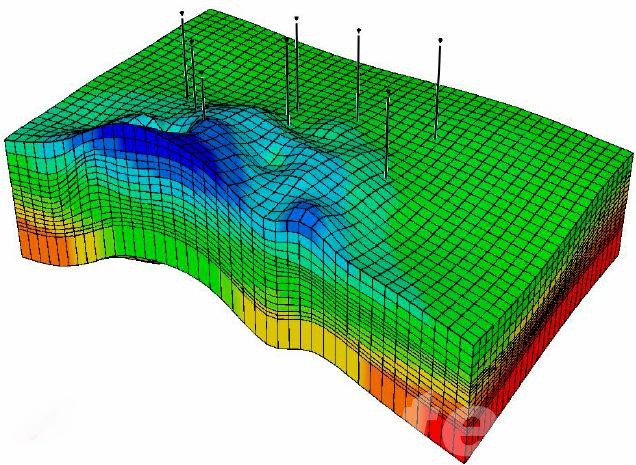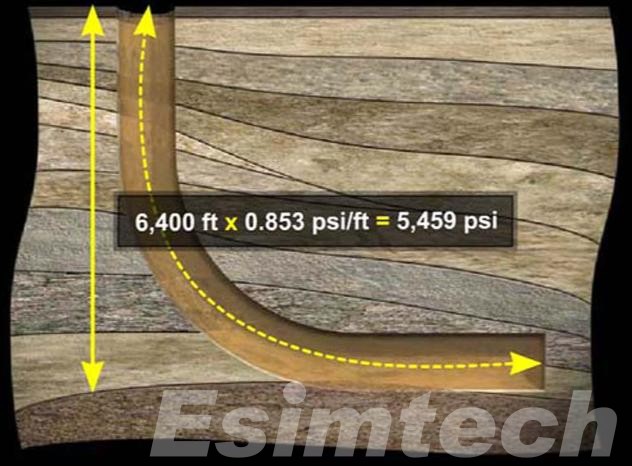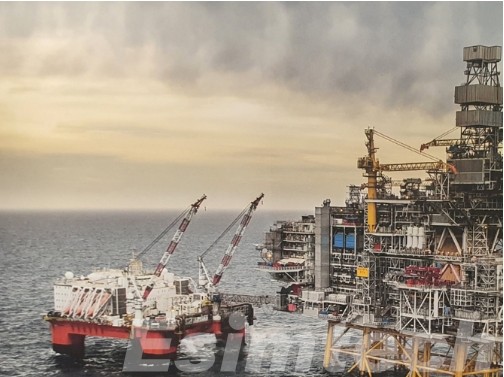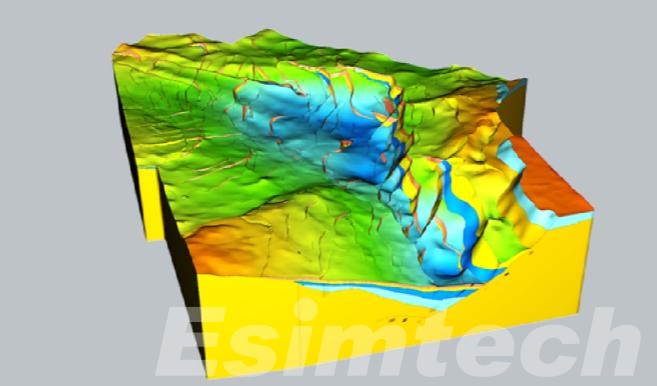From Gamma Ray to NMR: A Beginner’s Guide to Well Logging Techniques
Well logging is a critical operation in the oil and gas industry that provides detailed data of geological formations pierced by boreholes. This technology allows geologists and engineers to examine subsurface conditions, locate possible hydrocarbon sources, and make educated drilling and production decisions. What is Well Logging? Well logging, also known as borehole logging, is…

